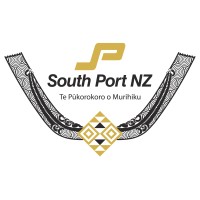
South Port NZ
Located in Bluff Harbour, at the southern tip of New Zealand’s South Island, South Port is New Zealand’s southernmost commercial deep water port. From its base on the 40ha man-made Island Harbour, South Port is proud to provide a full range of marine services, cargo and container shipping, and on-site warehousing for domestic and international customers. The port is ideally situated to service Southland’s significant export and import industries including aluminium, timber, fisheries, dairy, meat, wood chips, stock food, cement, alumina, fertiliser and petroleum products. South Port prides itself on adding value to its import and export customers, providing customised solutions to meet their needs and partnering with them to achieve their operational objectives.






